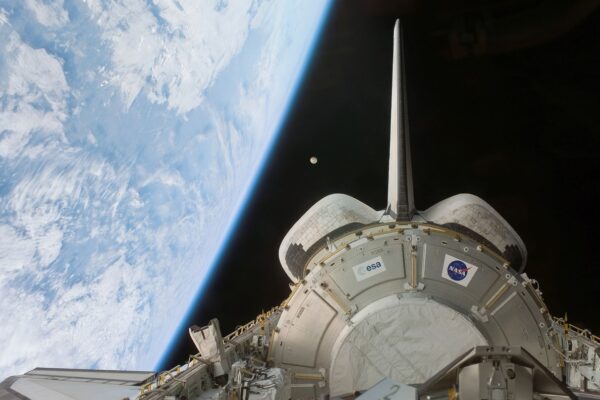AUSTIN, Texas — The University of Texas at Austin is set to spearhead a groundbreaking research collaboration to advance the U.S. Air Force’s ability to understand and monitor activity in cislunar space. The project itself, officially named the “Representations, Theory, and Algorithms for Autonomous Space Domain Awareness in the Cislunar Regime,” seeks to tackle the intricate complications of monitoring and controlling activities within the expansive region between Earth and the moon. This region, known as cislunar space, presents unique challenges due to the combined gravitational forces of the two celestial bodies.
A $4 million grant, awarded by the Create the Future Independent Research Effort (CFIRE) program and sponsored by the Air Force Office of Scientific Research (AFOSR), will support a multiyear initiative focused on meeting these challenges.
Cislunar space is swiftly becoming a nexus of geopolitical tension and business rivalry. In August, an Indian lunar rover touched down on the moon days after a Russian rover crashed into it. While the NASA-led Lunar Gateway program aims to build a multinational space station in orbit around the moon, China plans to establish a scientific research station on the moon’s south pole by 2029. In the private sector, companies such as SpaceX and Blue Origin are feverishly pursuing the popularization of space tourism. The anticipation of growing international collaborations, impending commercial endeavors, and the establishment of ethical frameworks such as the Artemis Accords collectively emphasize the importance of this vast region between Earth and the moon.
“We need to develop new theories, new algorithms and new computer code,” said Renato Zanetti, an associate professor for the Cockrell School of Engineering’s Department of Aerospace Engineering and Engineering Mechanics and the Center for Autonomy of the Oden Institute for Computational Engineering and Sciences. “In the near future, this will enable the Air Force to maintain security in the whole of cislunar space.”
Zanetti and Ufuk Topcu, also a professor from the Center for Autonomy at the Oden Institute, will be leading the effort and oversee the collaboration with partners from the University of Washington, Texas A&M University, University of Colorado, Boulder and the University of New Mexico.
The project encompasses four key research goals:
- Developing new methods to describe how human-made objects move in space while accounting for uncertainty in the data.
- Designing systems that can independently sense and evaluate the space environment to ensure safety and security.
- Developing algorithms for making the best decisions when maneuvering through the challenging conditions of cislunar space.
- Ensuring the reliability and accuracy of data and decision-making processes throughout the entire process.
Zanetti, who specializes in astrodynamics, emphasizes the uniqueness of the cislunar environment compared with Earth orbit, where ground-based observations are used. Considerable reductions in available tracking data to inform ground controllers require the development of new autonomous systems capable of making decisions based on limited onboard information.
“This is an exciting time for space autonomy near Earth and far, and this collaborative effort will help UT Austin continue pushing the boundaries of what is possible,” said Topcu, who is an expert in autonomous systems.
The collaboration is a testament to the scope and complexity of the problem at hand. The CFIRE program specifically seeks to address large-scale research challenges that require the collective efforts of experts from various disciplines and institutions. By pooling knowledge and skills, they aim to achieve a shared goal that no individual researcher or institution could accomplish alone.
As geopolitical and commercial interests converge in cislunar space, this effort emphasizes the value of collective action in shaping the future of space exploration and governance.




